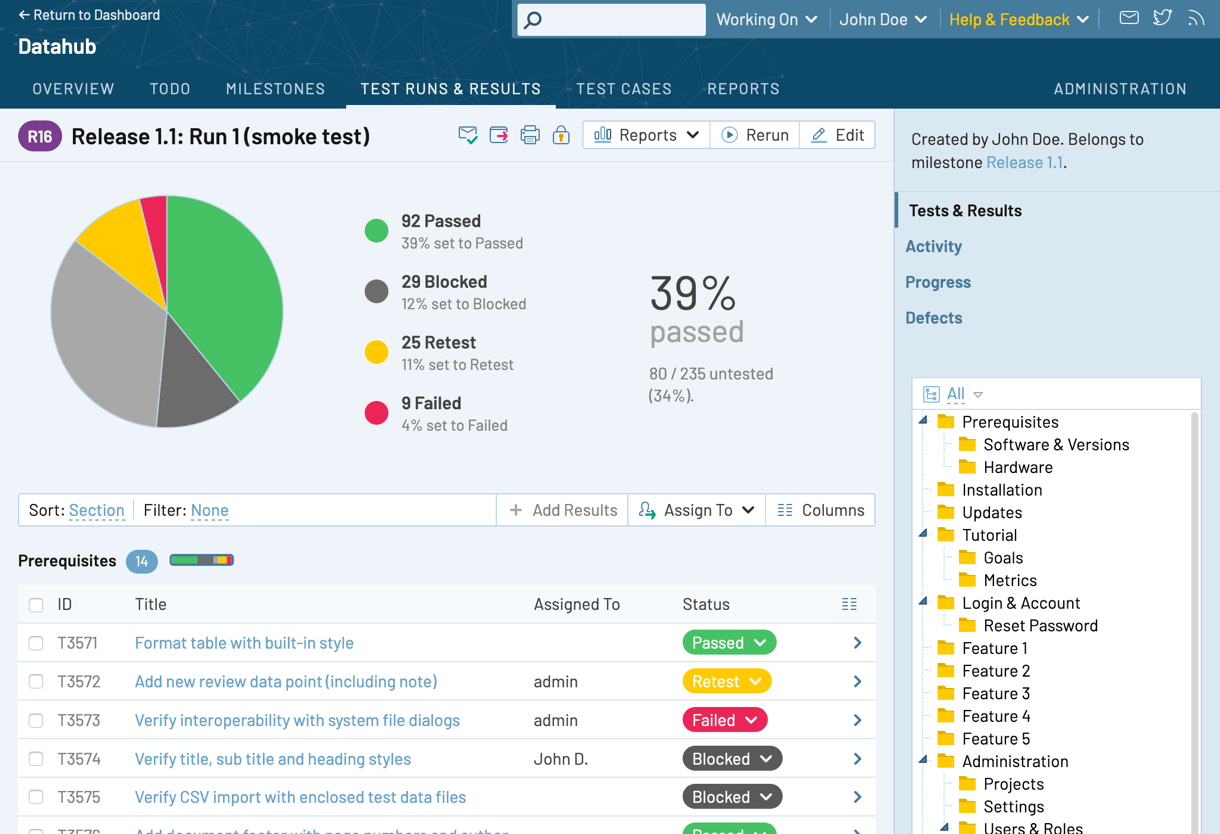The testing process is an important part of software development. It ensures the quality of the programs and their compliance with the requirements. In the legacy applications modernization process, testing provides an opportunity to understand whether the software performs its functions after making improvements or whether any failures have occurred.
Agile test automation allows you to run tests automatically when new code is entered into the repository. Agile team testing constantly occurs when new features are introduced without waiting for the full development process to be completed. This allows you to detect and fix bugs timely and effective.
What is legacy application modernization and why do we need to perform it?
Legacy application modernization is the process of updating and improving software using modern technologies, including programming languages, frameworks, operating systems, infrastructure, etc.
Many companies like to use legacy software and don’t want to give it up. There are several reasons for this:
- The software performs critical business functions.
- Replacing legacy software with a new one can be quite an expensive and risky process.
- It is necessary to train employees to work with new programs in case of transition to new software.
However, there are many challenges that companies face when using legacy applications. Among them are:
- High service cost.
- The insufficient number of skilled workers with legacy technologies.
- Low productivity of legacy applications.
- Problems in the process of integration with modern software.
- The impossibility of implementing functionality that meets modern business requirements.
- Vulnerability to cyber attacks.
To solve all these problems, you need to perform the modernization of legacy software.
How to modernize legacy applications easily?
The legacy application modernization process can be simple, fast, and reliable if you use the right solutions.
LANSA is a professional, low-code solution for modernizing legacy IBM i applications. It offers various tools to transform old green screens into modern web interfaces, quickly create new cross-platform applications using existing functionality, create mobile applications for different types of devices, etc. You can perform all of these actions easily with little or no code.
Why QA testing is important in the application modernization process?
The testing stage is critical in the modernization process. As the application begins to work using new technologies and environments, it is important to check whether all its functions work as before.
Automated tests allow you to eliminate the human factor from key actions, shorten test execution time, and evaluate software quality dynamically and flexibly.
What is Agile test automation?
Agile software development is a flexible software methodology in which testing is a very important process. It starts from the early stages of development and continues in parallel with the development process. Agile development uses small iterations (sprints) for software development. Each iteration must be tested to identify and correct quality issues.
Test automation is very important because it guarantees test quality and efficient test execution. Automation testing in Agile methodologies helps to expand test coverage, perform testing faster and with less effort, and improve team communication.
How we can assess application modernization quality with Test Rail for agile testing?
TestRail is a comprehensive test management solution for agile testing. It can be used by different Agile teams regardless of their size. It allows them to manage different types of tests (functional tests, acceptance tests, automated tests) in one place. You can easily perform performance testing, GUI testing, regression testing, etc.
TestRail is easy to use for Agile projects with iterations and sprints that use manual, exploratory, and automated testing. It provides the ability to create various reports and view test metrics.
With TestRail, you can evenly distribute the workload among team members, receive notifications about test execution results and archive them, create progress forecasts, and more.
Testers can easily learn to use TestRail thanks to its simple and intuitive interface. TestRail is available both on-premises and in the cloud, allowing you to start using it without installing any software.
Try a 14-day TestRail free trial for Agile test automation and make sure that it’s the best test management tool for your project.
FAQ
What is agile process automation?
Automating the testing process in Agile methodology is the creation of test cases that will be launched automatically every time new code arrives in the repository. This allows you to ensure that the new code is error-free before it enters the production environment.
Is automation an agile?
Test automation is essential in Agile to ensure faster and better software releases.
What is meant by application modernization?
Application modernization is the process of improving legacy software using modern technologies, including programming languages, frameworks, platforms, etc.
How do you modernize an application?
To modernize the application, first, you need to create a modernization plan, which should include the following points:
- Problems in the legacy application that need to be fixed.
- Modernization methods.
- Technologies and tools to be used for modernization.
- Terms of modernization.
- Required resources.









0 Comments